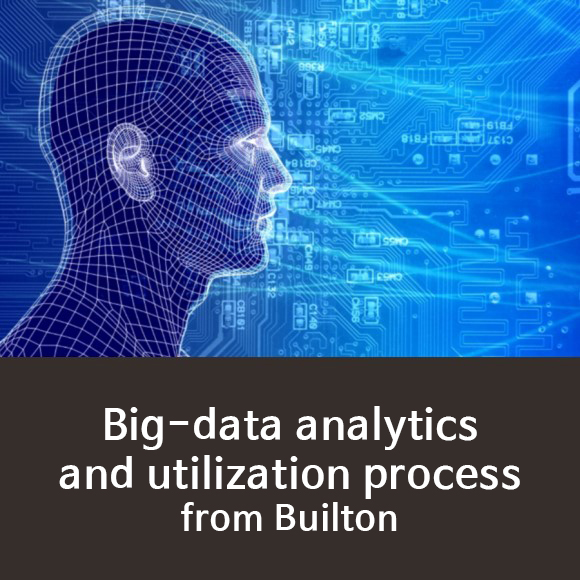
Big Data uses a variety of technologies to produce useful information through life cycles from generation to expression. So, how does Big Data go through the process of producing information? Brief review of the process includes.
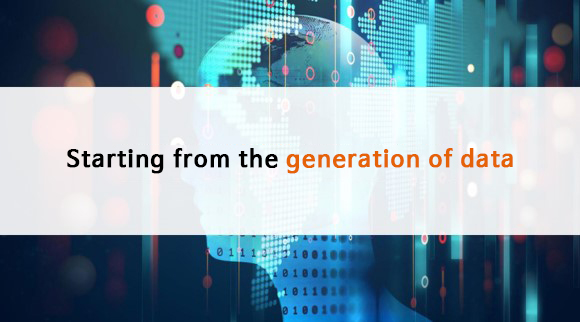
- Starting from the generation of data
Today, the unstructured generation of data growed explosively including the formal data that has traditionally processed or accumulated as needed is generated by the spread of smartphones, the expansion of e-commerce, and the increase of social media usage.
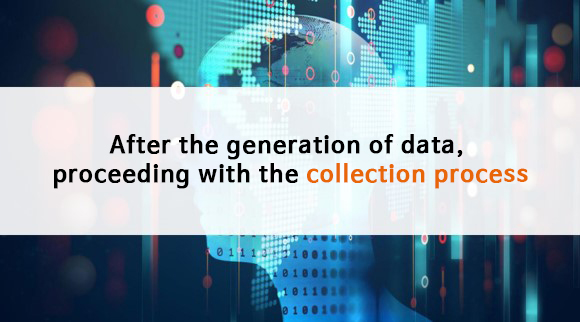
- After the generation of data, proceeding with the collection process
After the generation of data from various sources, the data collection process proceeds. Data collection is the process of manually and automatically collecting data you need from various data distributed internally and externally. The collection of data involves converting or consolidating data to store or analyze the collected data.
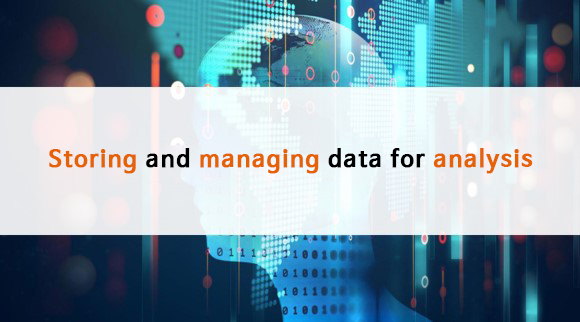
- Storing and managing data for analysis
To analyze the collected data, you must save and manage it. Data storage management means storing data in a secure and permanent manner so that data can not be contaminated or disappeared for later use. Storage management techniques include storing data as well as modifying or deleting data if needed, and providing ways to access and read the necessary data.
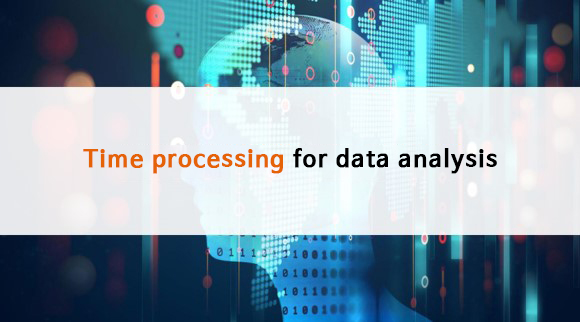
- Time processing for data analysis
The stored data must be processed and managed in a timely manner to enable analysis. Big Data processing technology has been created today to support data analysis in a variety of areas because of the Big Data characteristic with the huge amounts of data and its’ generation velocity that is different from the previous data.
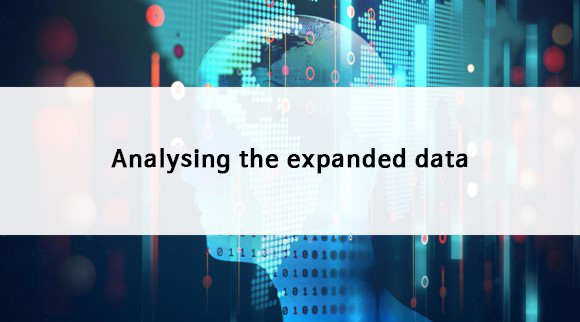
- Analysing the expanded data
We have been analyzing various types of data such as analyzing customer relationships and analyzing clients’ credit since long ago. However, with the big data being generated, data analytics is greatly expanded with the support of various technologies. Therefore, you need to analyze the extended data.
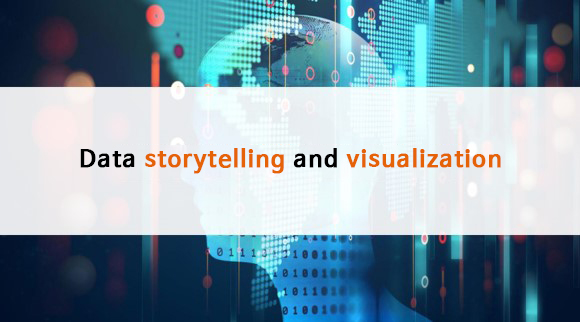
- Data storytelling and visualization
Generally speaking, the results of a data analysis are expressed in numerical values, keywords, or graphs. However, even though the results are excellent, the value is significantly reduced if the view is inconvenient and difficult to understand. Therefore, visualization is a very important procedure and technology expressing the data analysis results so that anyone can understand it intuitively. Through visualization, the analysis results understood are appropriately used in the field by storytelling.